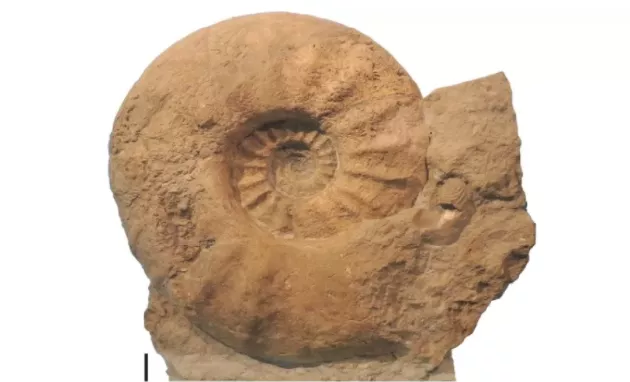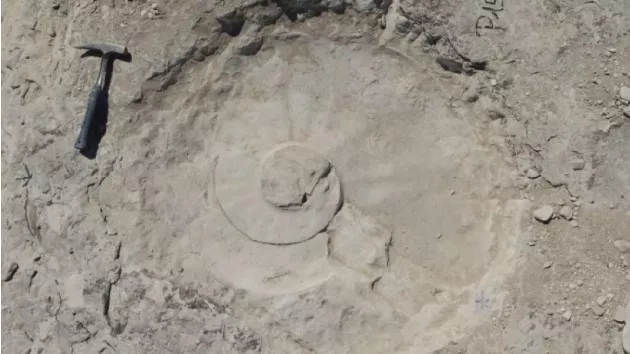At present, the latest archaeological research shows that about 80million years ago, ancient ammonites the size of human body swam in the Atlantic Ocean. They have long contact arms and spiral shells with a diameter of 1.8m. This species is the largest ammonite in the world so far. They are extinct marine ridgeless organisms** Ammonites lived from the Middle Ordovician to the late Cretaceous. They are named for their chrysanthemum like lines on the surface.

The latest research report was published in the journal PLoS One published on November 10. Researchers examined 154 ammonite fossils, thus filling the evolutionary history of this ancient giant cephalopod, including some historical specimens and more than 100 fossils newly discovered from the United Kingdom and Mexico.
Based on this analysis, they found that a kind of ammonite called parapuzosia seppenradensis appeared in the Atlantic Ocean about 80million years ago. It may be closely related to another relatively small species, parapuzosia leptophylla, whose spiral shell has a diameter of 1 meter.

Why are they so large? Experts pointed out that in ancient times, ammonites may have faced the pressure of growth and evolution, because there was a larger predator in the Cretaceous period - Canglong. Canglong was the Ultimate Hunter in the ancient ocean, with a body length of 17 meters and a weight of 20 tons.
There was archaeological evidence that Cang dragon preyed on ammonites, but there is no evidence that Cang dragon preyed on parapuzosia seppenradensis. Although this new study fills some gaps in the past of giant cephalopods, many mysteries remain unsolved.